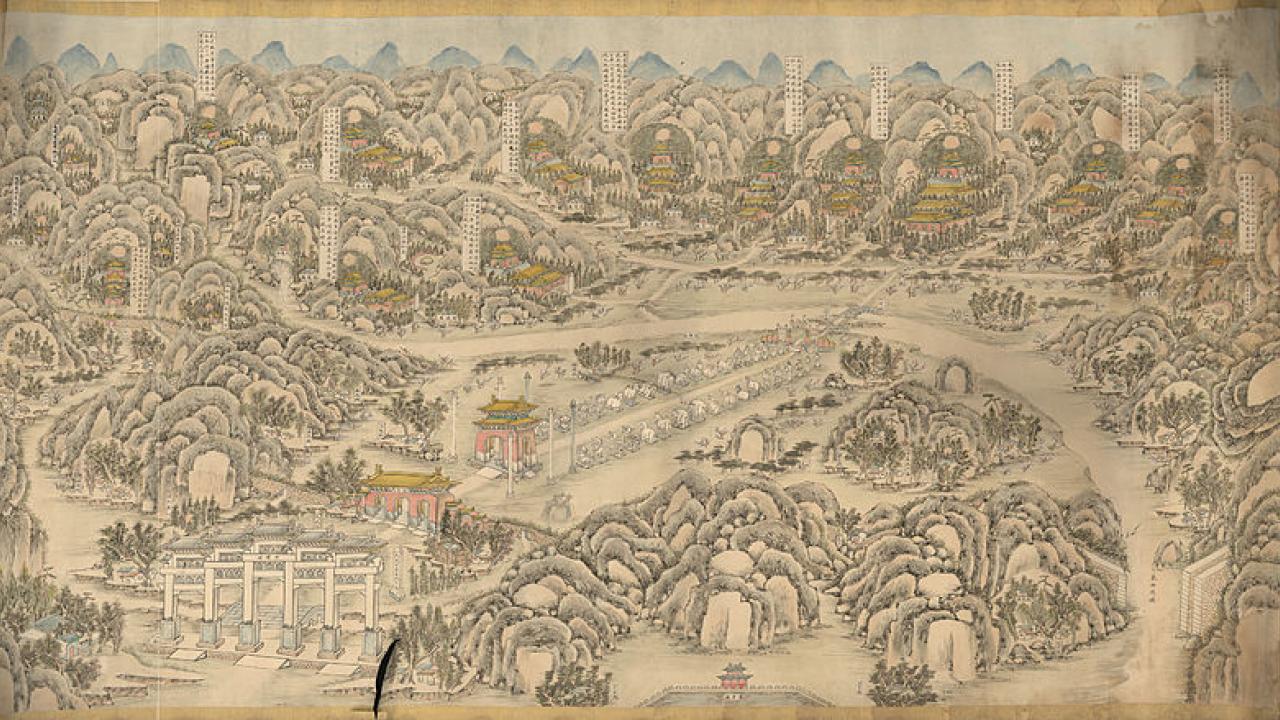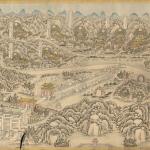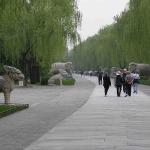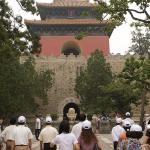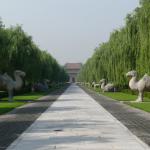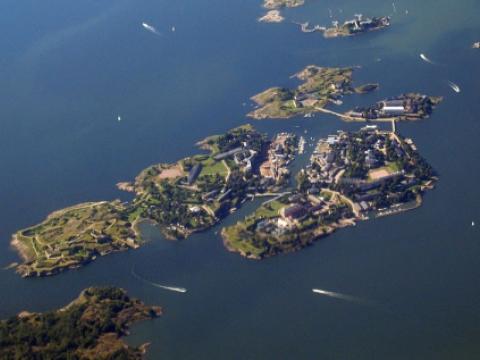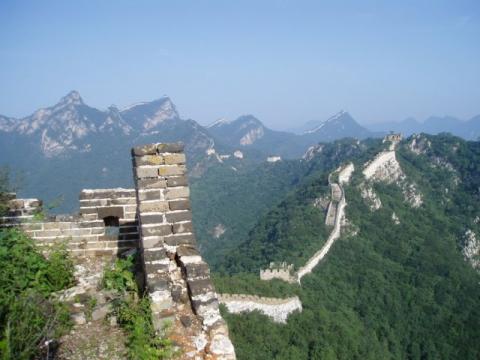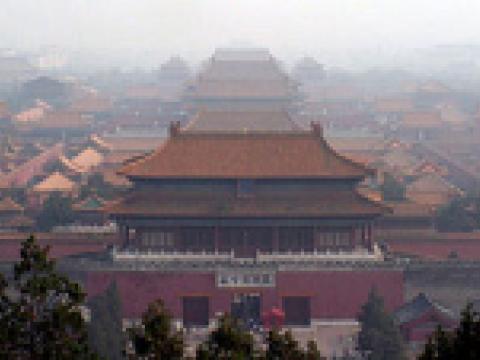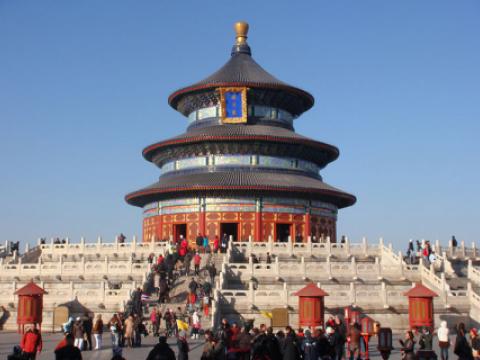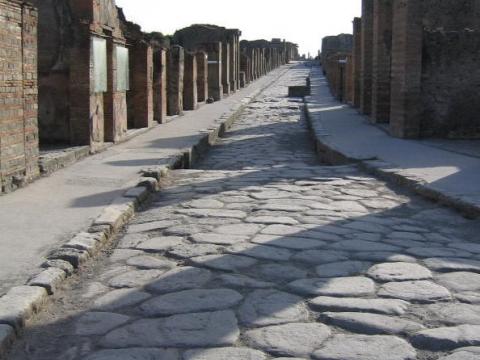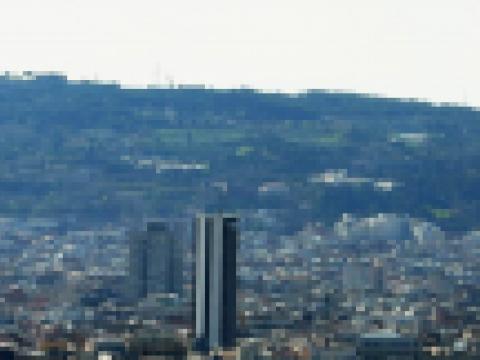Location
The Ming Dynasty Tombs is a scenic area, where the mausoleums of thirteen emperors of the Ming Dynasty are located. The first emperor to build his tomb here was Zhu Di in 1409. During the next 230 years the succeeding 12 emperors built their tombs around Changling. The last Ming emperor buried at the location was Chongzhen, who committed suicide by hanging (on 25th of April 1644).
Feng shui principles played a major role when the Ming Dynasty emperor Yongle (1402–1424) chose this site for the tombs. Basically everything here is based on feng shui. The same emperor who chose this site, also moved the capital of China from Nanjing to its the present location in Beijing.
The area covers a total area of 120 square kilometers and is presently part of a World Heritage object that also includes a number of other sites elsewhere in China. Walk to the Changling tomb goes along a beautiful parkway called Sacred Way.
Subway:
Take line 5 to Tiantongyuan Bei Station, shift to Changping Bus no. 22.
Bus:
Tourist Bus 872 runs directly from Desheng Gate to Dingling and Changling every 30 minutes between 07:10-19:10. Get to Desheng Gate with subway line 2 from Jishuitan Station.
Admission fees:
Changling: CNY 45 (Apr. 1 to Oct. 31); CNY 30 (Nov.1 to the next Mar. 31)
Sacred Way: CNY 30 (Apr. 1 to Oct. 31); CNY 20 (Nov.1 to the next Mar. 31)
Opening hours:
Changling: 8:00 to 17:30
Sacred Way: 8:00 - 18:00







